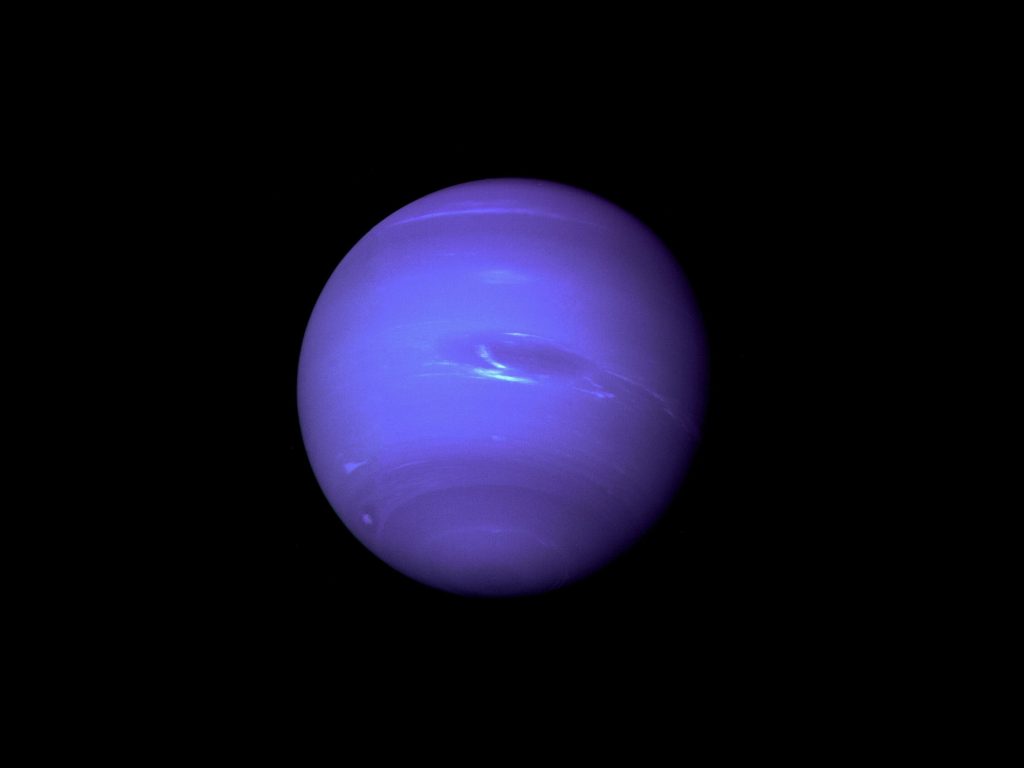Credit: Unsplash/CC0 Public Domain
Planetary scientists are proposing a new definition of a planet to replace the one that many researchers consider heliocentric and outdated. The current definition, established in 2006 by the International Astronomical Union (IAU), the organization that officially names objects in space, stipulates that to be considered a planet, an object must be in our solar system and orbit the sun.
But scientists know that objects orbiting stars outside our solar system are fairly common. Planetary Science Journal The paper advocates for a new definition of a planet that is not bound by the boundaries of the solar system. The proposal also provides quantitative criteria to further clarify the definition of a planet. The paper is currently Available To arXiv Preprint server.
Lead author Jean-Luc Margot, a professor of Earth, planetary and space sciences and of physics and astronomy at UCLA, plans to present the proposed new definition at the IAU General Assembly in August 2024.
According to the current definition, a planet is a celestial body that orbits the Sun, is massive enough that gravity causes it to assume a spherical shape, and excludes other bodies in its orbit around the Sun.
“The current definition specifically refers to orbits around the sun. We currently know that there are several thousand objects in existence. planet“However, the IAU definition only applies to objects in the solar system,” Margot says. “We propose a new definition that can be applied to any object orbiting a star, stellar remnant, or brown dwarf.”
The authors argue that the requirement that a planet orbit the Sun is too specific, while other criteria in the IAU definition are too vague. For example, it says that a planet is “out of orbit,” but doesn’t specify what that means. The proposed new definition includes quantifiable criteria that can be applied to define planets inside and outside the solar system.
According to the new definition, a planet is a celestial body that:
- Orbiting one or more stars Brown dwarf Or stellar remnants
- Greater than 10twenty three kg and
- 13 Jupiter masses (2.5 x 1028 kg).
Margot and co-authors Brett Gladman of the University of British Columbia and Tony Yang, a student at Chaparral High School in Temecula, California, ran mathematical algorithms on the properties of the solar system’s objects to see which ones are clustered together. Their analysis revealed a clear group of properties shared by planets in the solar system that can be used as a starting point for creating a general classification of planets.
For example, if an object’s gravitational force is sufficient to accumulate or eject smaller objects nearby to clear a path, the object is said to be dynamically dominant.
“All planets in the solar system are dynamically dominated, but other objects, such as dwarf planets (not true planets) like Pluto and asteroids, are not,” Margot said, “so this property can be included in the definition of a planet.”
The dynamical dominance requirement provides a lower limit on mass, but potential planets may be too large to fit the new definition. Gas giantsFor example, if the mass is too large, thermonuclear fusion of deuterium will occur and the object will become a star called a brown dwarf, and will no longer be a planet. This limit has been determined to be 13 Jupiter masses or more.
The current requirement that a planet be spherical, on the other hand, is more problematic: distant planets are rarely observed in sufficient detail to reliably determine their shape. The authors argue that, although planets are generally spherical, the shape requirement is so difficult to implement that it is practically useless for definitional purposes.
“By fixing the definition on mass, the quantity that is most easily measured, we eliminate debate about whether a particular object meets the criteria,” Gladman said. “This is a weakness of the current definition.”
The good news is that there are more than 10 objects in our solar system.twenty one kg appears to be round. Therefore, all objects that meet the proposed lower mass limit of 10twenty three kg is expected to be spherical.
While any formal changes to the IAU’s planetary definition are probably still years away, Margot and his colleagues hope that their work will spark discussion that will lead to improvements in the IAU’s planetary definition. meaning.
For more information:
Jean-Luc Margot et al. “Quantitative Criteria for Defining Planets” Planetary Science Journal (2024). DOI: 10.3847/PSJ/ad55f3. upon arXiv: arxiv.org/abs/2407.07590
Provided by
University of California, Los Angeles
Quote: The scientific definition of a planet says it must orbit the sun, but a new proposal could change that (July 11, 2024) Retrieved July 11, 2024 from https://phys.org/news/2024-07-scientific-definition-planet-orbit-sun.html
This document is subject to copyright. It may not be reproduced without written permission, except for fair dealing for the purposes of personal study or research. The content is provided for informational purposes only.


